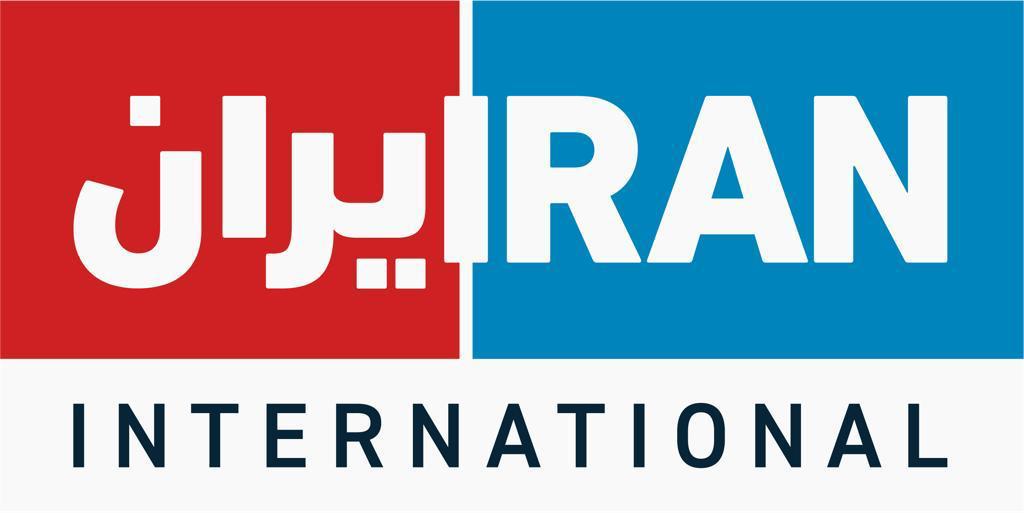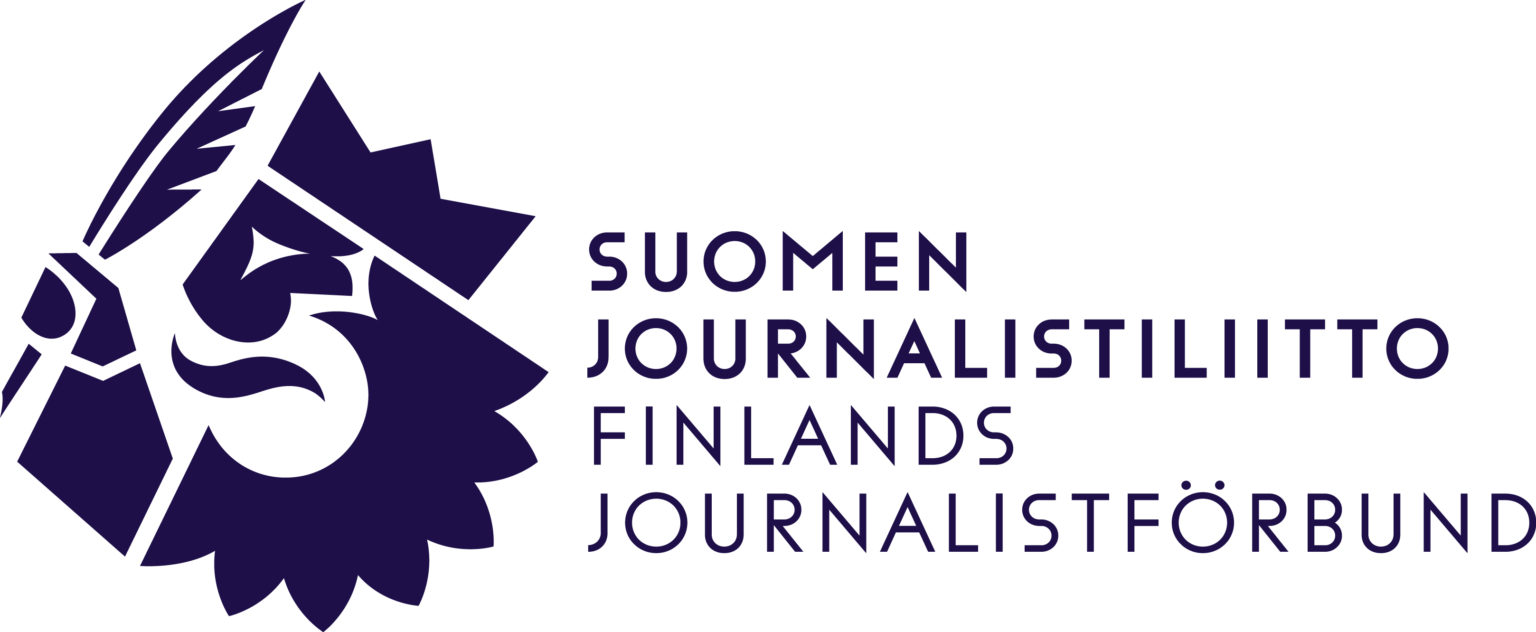Our research found that more reporters died in supposedly-safe countries including the United States than in combat zones in 2018, reversing a longstanding trend. The most shocking attack in the US, a country increasingly hostile to the news media, was on the Capital Gazette newspaper in Annapolis, Maryland where an armed man stormed the paper’s offices in June and killed five media workers.
The mood against the media was toxic in the US in 2018, with reporters facing increasing threats both on and offline and President Donald Trump stepping up his attacks on the press, labelling journalists “enemies of the people”.
2018 also saw another EU journalist being targeted for reprisals for his work, a trend that started with the 2017 murder of Maltese investigative journalist Daphne Caruana Galizia. Slovakia’s Ján Kuciak – known for investigating organised crime links to the country’s government – was shot dead alongside his fiancée in February.
Though not killed in the EU, the murder of exiled Saudi journalist Jamal Khashoggi at his country’s embassy in Istanbul, Turkey attracted headlines around the world.
“This seems to have been a year in which our profession has been under attack in a more worrying way than I have seen since joining INSI in 2010,” said INSI Director Hannah Storm. “Every time a journalist is killed it is a tragedy. Without a guarantee of press safety, there can be no real guarantee of press freedom and without that democracy and public discourse suffer.”
Killing the Messenger is an annual report of journalism casualties from around the world compiled for INSI by Cardiff School of Journalism.
The year was marked by mass atrocities against media workers as they went about their jobs. For the third year running, Afghanistan was the most dangerous country with 13 casualties, nine of whom died in Kabul in April when a man detonated a bomb among a crowd of journalists who had gathered to cover another attack.
Also included in the top five were Mexico with nine deaths; the US with seven; India, Yemen and Somalia with six deaths each; and Syria with five.
Other findings from Killing the Messenger 2018 included:
- The majority of those killed (66) were local journalists working in non-conflict situations (38) who were murdered by unknown assailants (22)
- Most who died were shot (36), blown up (15) or killed in crossfire (13)
- They were investigating corruption, crime, politics and drugs
- Four citizen journalists lost their lives, three in Syria and one in Yemen
On paper at least, impunity was slightly on the decline. Suspects were identified or arrests made in seven cases, including the murder of Kuciak for which three people are facing charges. However, the high-level officials that many suspect of ordering the murder have not been charged or identified.
Near the end of a particularly deadly year, the killing of Jamal Khashoggi generated global condemnation and drew much-needed attention to crimes against journalists. Time magazine named Khashoggi and a group of murdered and oppressed journalists including the Capital Gazette victims and Rappler editor Maria Ressa from the Philippines as its Person of the Year in 2018.
“If 2018 brought a shocking level of violence, it also ensured that the sacrifices of journalists became part of public discourse,” said Storm. “We hope this year will bring some respite to our brave and beleaguered colleagues and that this really is the beginning of sustained solidarity and a fight back.”
INSI’s casualty statistics are
compiled by monitoring press reports of journalists and media workers killed around the world as a result of their job. The Cardiff School of Journalism checks and verifies the numbers. We include citizen journalists in the report but account for them separately.
Read the full Killing the Messenger report.
Watch our INSI
interview with Time’s Person of the Year Maria Ressa, the founder of the news website Rappler.
See our
infographic highlighting the numbers.
Follow the discussion on Twitter and Facebook using
#KTM2018.
Image by AFP



























































